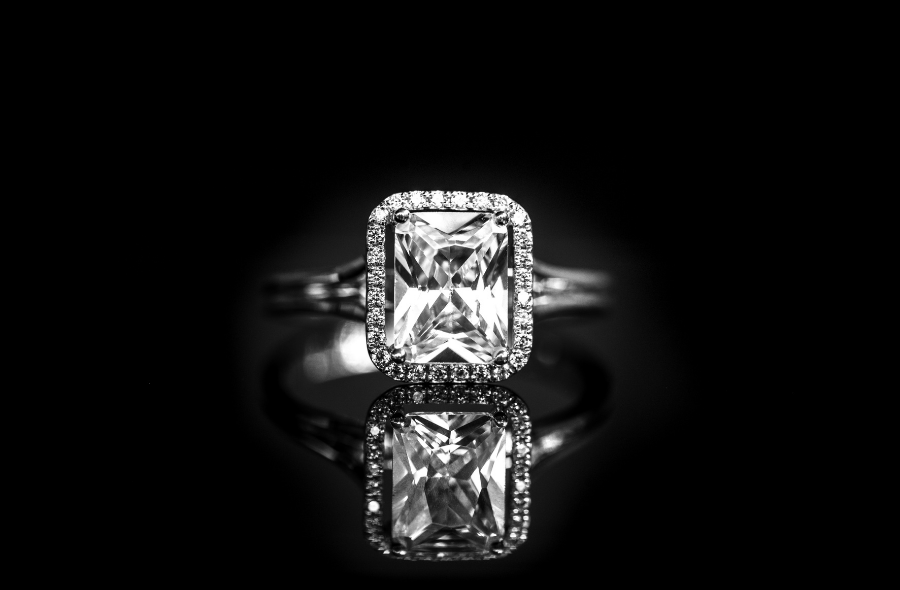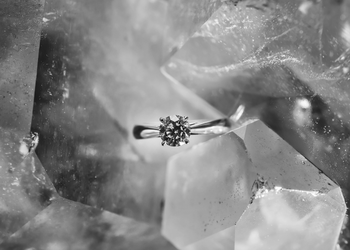
Today we dedicate a few lines that shed a little light on the world of diamonds, the different options that the market offers us since we must pay attention at the time of purchase.
INTRODUCTION TO DIAMONDS
In a first classification we find two types of diamonds clearly differentiated depending on their use:
- The INDUSTRIAL DIAMOND represents 80% of existing diamonds and, as its name indicates, is aimed at industrial use such as optics, abrasives or conductors, among others.
- The GEM DIAMOND, which represents the remaining 20%, is one that, due to its beauty and high quality, is selected to be mounted in pieces of jewelry and enjoyed by millions of consumers around the world.
DEFINITION: THE DIAMOND IS THE RESULT OF THE COMBINATION OF CARBON, HEAT, PRESSURE AND TIME. THIS COMBINATION OF SIMPLE ELEMENTS RESULTS IN ONE OF THE MOST BEAUTIFUL MATERIALS IN THE WORLD AND WHICH HAVE EXTRAORDINARY QUALITIES SUCH AS ITS HARDNESS, LIGHT REFLECTION CAPACITY AND ITS CONDUCTIVE CAPACITY.
Within the gems, the diamond holds a privileged position within the so-called PRECIOUS GEMS , and, along with the emerald, the sapphire and the ruby (some professionals place tanzanite as well) it leads this group. It is therefore the indisputable gem and considered the most valuable. Unlike other gems that are considered SEMI-PRICECIOUS, where they are among hundreds of examples such as topazes, quartz, aquamarines, amethysts or citrines, to give a few examples.
LABORATORY DIAMONDS OR CREATED DIAMONDS
The jewelry market already experienced the arrival of synthetic rubies and sapphires at the beginning of the 20th century and synthetic emeralds in the 1930s. The appearance of these materials obtained in the laboratory could not take away the magic and reduce sales of the gems. natural. Synthetic stones came in to satisfy a demand for more accessible and varied fine jewelry products. Something that happens with laboratory or synthetic diamonds, through science and human knowledge, not Mining.
CREATED DIAMONDS AN ALTERNATIVE CREATED BY THE MAN WHO HAS A SUSTAINABILITY SPEECH AND WHO WANTS TO BE RELEVANT IN THE GLOBAL ECOLOGICAL TRANSITION WE LIVE TODAY.
Essentially, laboratory diamonds are made up of carbon molecules that align in a certain way, forming a diamond. In nature, diamonds are formed in the Earth's mantle, with carbon molecules subjected to great pressure and temperature that build the diamond over millions of years.
The crystallization of carbon molecules occurs naturally, totally organically and without human intervention, although in an accelerated and controlled manner by scientific technology. This makes visible and justifies the value of Laboratory Diamonds at a more accessible price for a public that demands ethical products made through good practices throughout the value chain.
I hope that you found this first introduction to the exciting world of diamonds interesting. In any case, do not hesitate to contact us by email hola@mimoke.com or by calling 622223540 and our team of experts will resolve any questions you may have. doubt you may have.
Sergio E. Murcia
CEO MIMOKE



